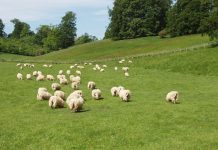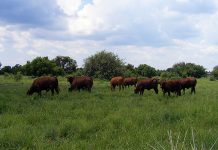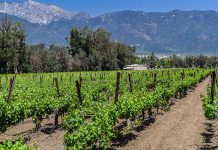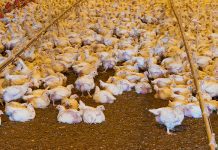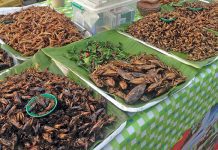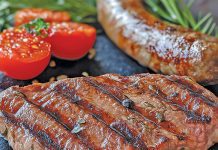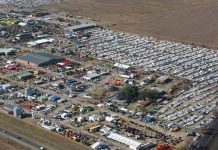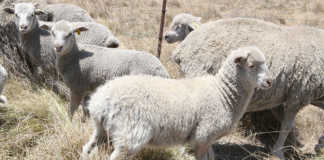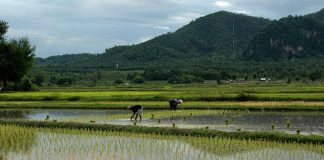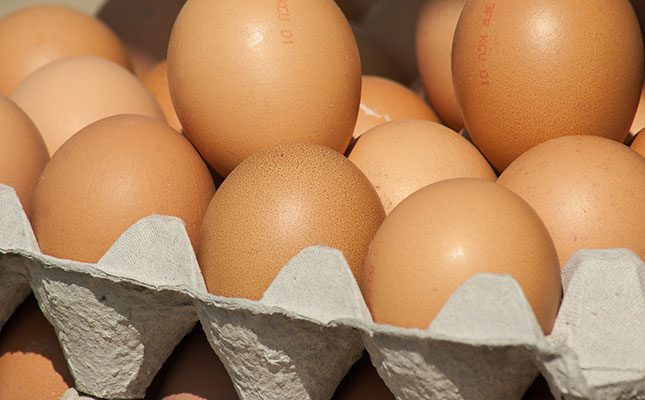
Since May last year, the virus, commonly known as bird flu, has devastated chicken farms in southern Australia, resulting in the culling of more than 10% of that country’s national flock.
According to ABC News, this had led to egg shortages and increased prices in supermarkets.
Although authorities were hard at work to contain the outbreak, farmers said recovering from it would take time.
Brad McAuliffe, a free-range egg farmer near Meredith west of Melbourne, was forced to destroy more than half a million chickens. His farm was the first of seven farms in the district to be affected, and he told ABC News that free-range farming put flocks at higher risk of bird flu.
According to McAuliffe, his economic losses ran into the “tens of millions”, when taking the loss of the birds and their potential as egg producers into account.
“We lost […] about 540 000 birds in total [which] had to be destroyed by the Australian government,” he said.
The managing director of Eggs Australia, Rowan McMonnies, said the impact was hard to describe: “It’s like everything you’ve been building for the past five or 10 years and then someone just drives a truck through it.”
ABC News reported that the state of Victoria was at the centre of the country’s worst bird flu outbreak and had mounted its largest-ever biosecurity response.
The acting chief veterinarian of Victoria, Cameron Bell, said the current bird flu strains prevalent in Australia did not affect people.
According to ABC News, many role players in the poultry industry believed that there was a link between the growing popularity of free-range poultry farming and the latest bird flu outbreak.
“About 60% of Australia’s eggs are classed as free-range,” the report said.
McAuliffe said free-range poultry farming left the hens too exposed to wild birds carrying the virus.
“A lot of people do a lot of [investing] in high fencing and everything like that, but short of putting a big dome over your farm to keep the wild birds out, there’s no way of protecting your flock at all.”
Brian Ahmed, an egg producer who had been using the cage system for 55 years near Werribee, west of Melbourne, said it was a numbers game.
“If you run a small farm with 1 000 birds, you’ve got a low risk, but if you run a big farm with 100 000 or 200 000 birds out in the open, the risk of you attracting a disease is far greater.”
However, Bell said more research was needed into how the virus was spread.
Meg Parkinson, spokesperson for Victorian Farmers’ Federation, agreed: “I wouldn’t like to say one way or the other because in the last outbreak at Meredith, there were barn-laid sheds [that] had the disease, a chicken meat shed had the disease, so it wasn’t just free-range,” she said.
It is estimated that more than 2,6 million chickens had been culled in the state of Victoria since May last year.

